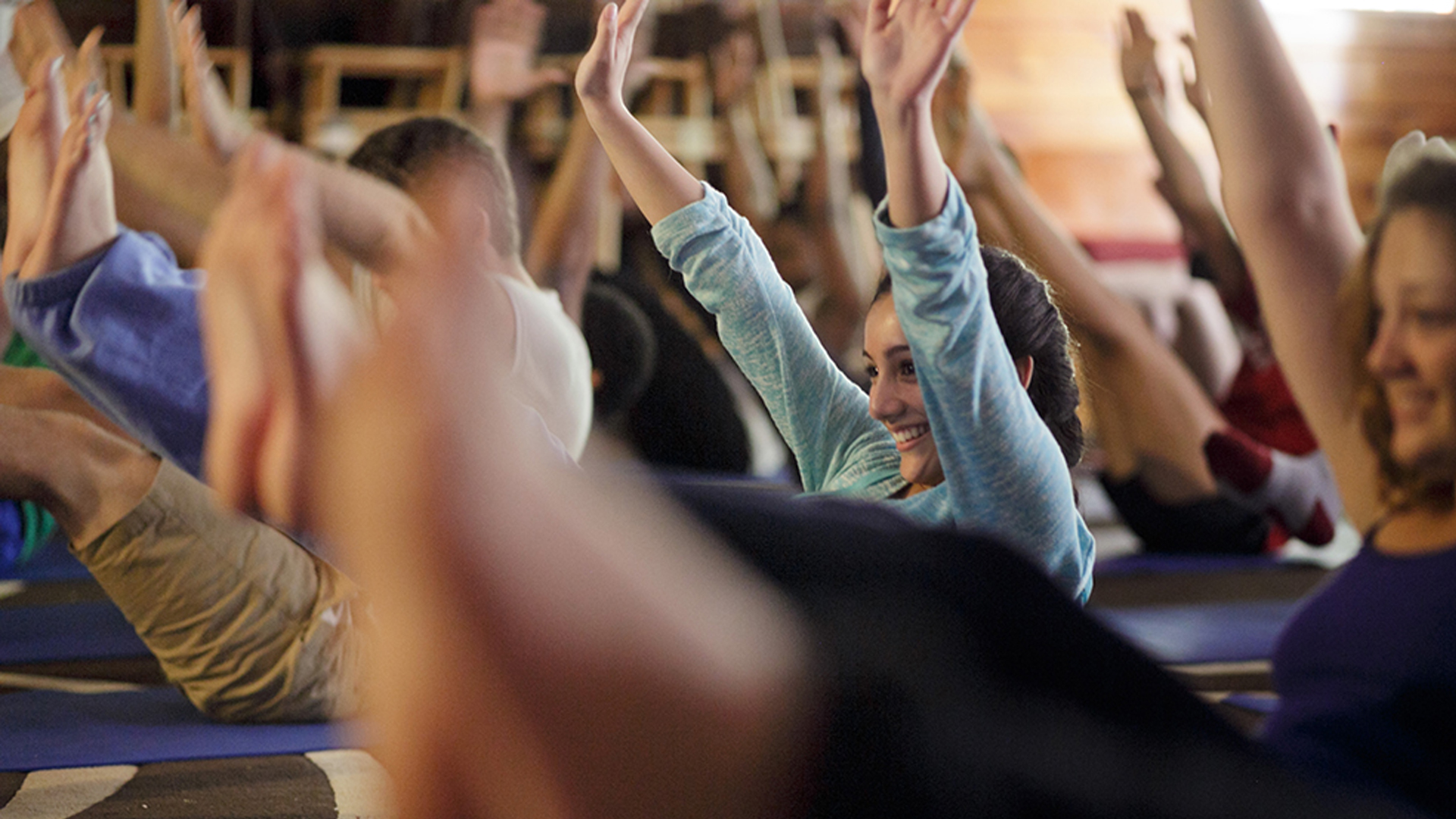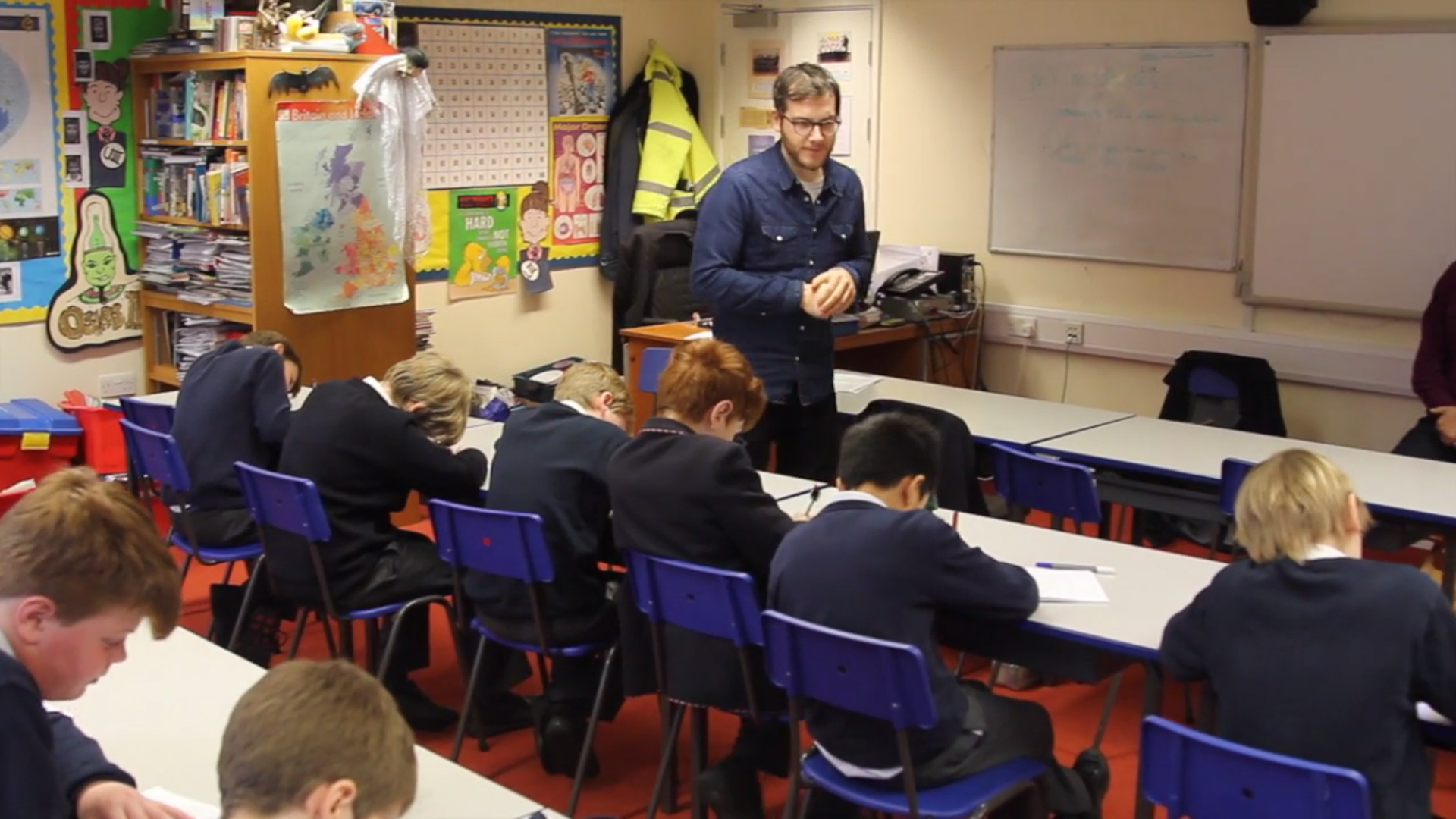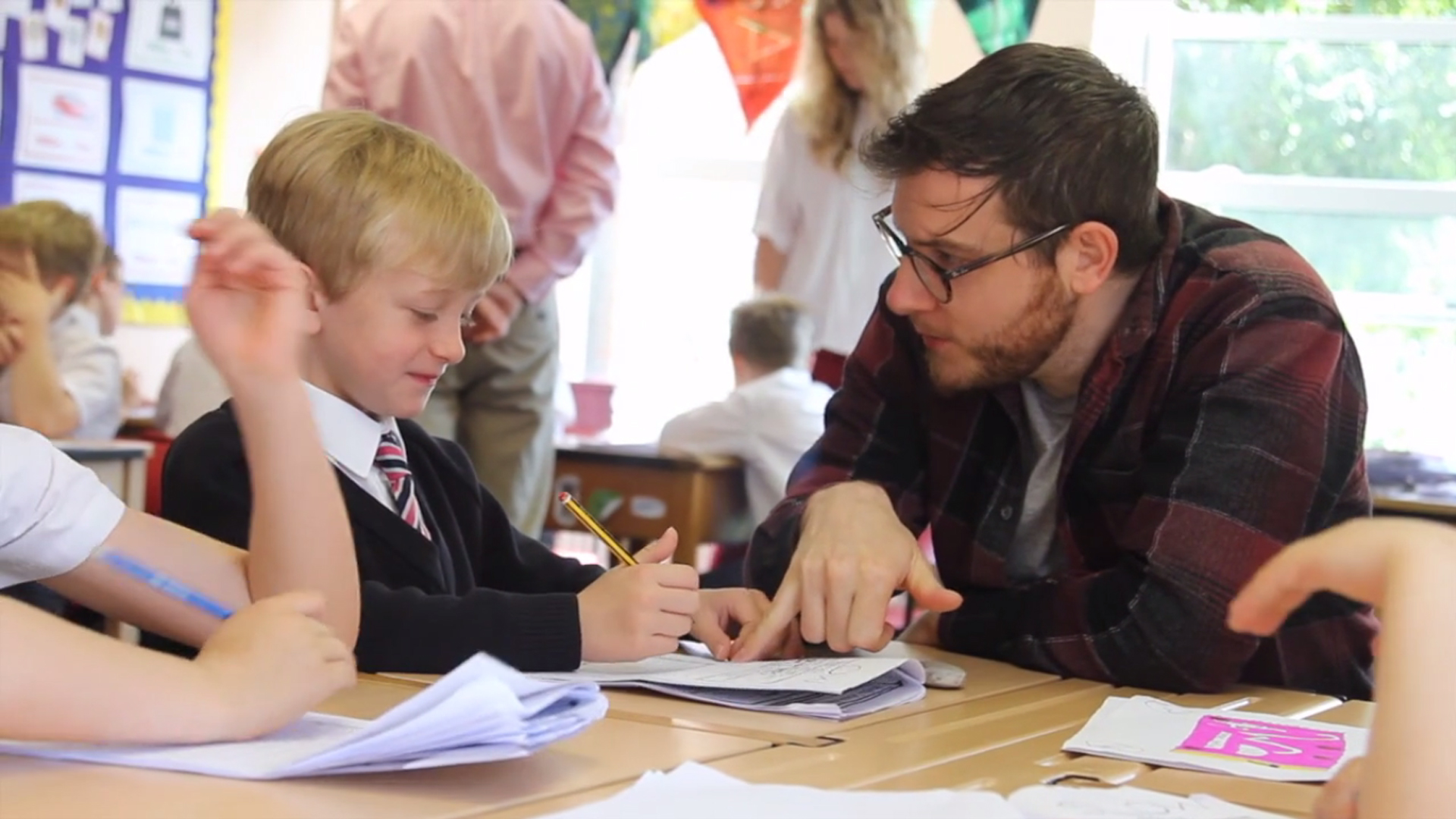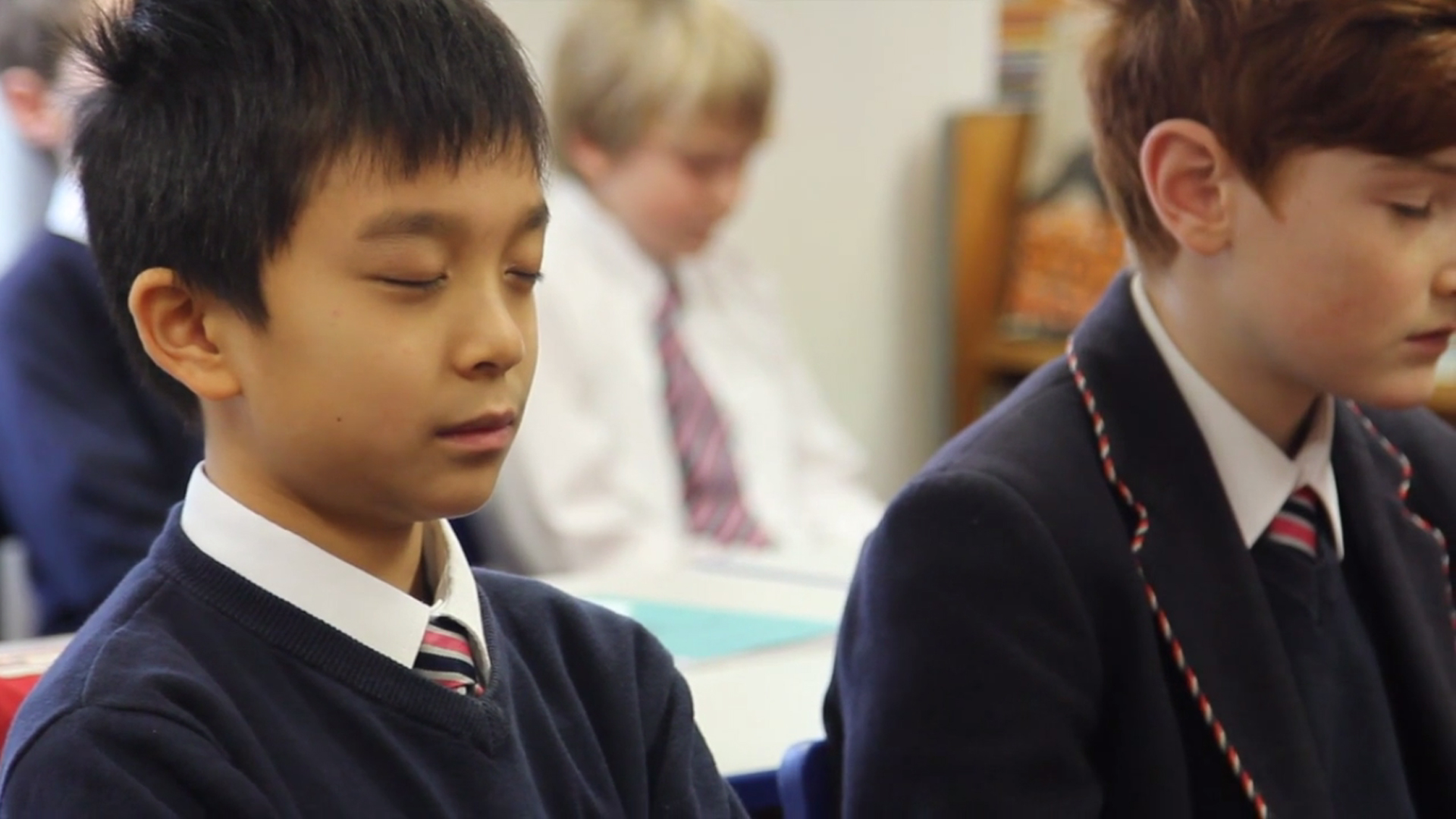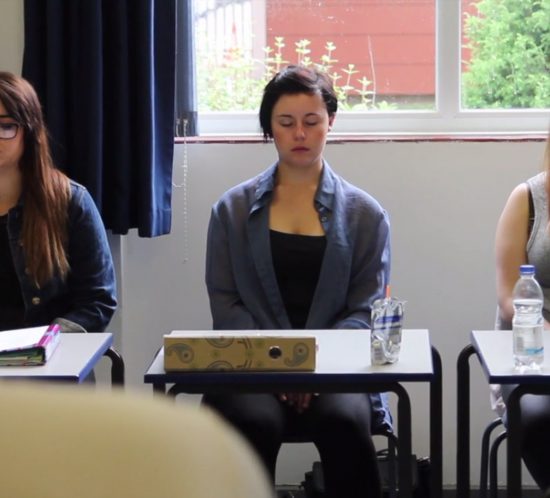
Mindfulness is a way of training our minds to be present. It allows us to turn down the mental noise. Our mindfulness practice loosens the control our thinking has on how we react, and therefore how we react to our experiences in our day to day lives.
It involves learning to direct our attention to our experience as it unfolds, moment by moment, with a gentle, non-judgmental acceptance. With practice, we gradually train ourselves to respond more skilfully to what is happening right now, such as sensations, thoughts and emotions.
Simply put, we begin to see more clearly and hence can respond more wisely.
By cultivating mindfulness as a skill, we develop more self-awareness, enabling us to become more joyful, empathic and more resilient. We can create a space within what we may describe as our inner life, which helps provide more clarity on how we relate to what is happening.
Mindfulness for Young People
Mindfulness provides young people a real opportunity to slow down and understand the connection between their own thinking, their feelings and their actions.
By using direct experiences, mindfulness helps children and young people access what they already have at this age, an expansive awareness. Mindfulness nurtures their flexible and infectious curiosity, enabling them to explore their inner self and responses to things.
These natural abilities are often drowned out either by over stimulation or the added pressures of social and academic life experienced by the 21st Century child.
Mindfulness builds the social and emotional intelligence of our young people teaching them how to focus and manage their emotions and to relate to their stress differently and resolve conflicts.
Instead of simply telling children to do these things, we show children how, through direct experience. It allows children to make wiser decisions in the heat of the moment, rather than in retrospect.
In Education
The impact of mindfulness on children and young people in schools and colleges, rests mainly on 3 key outcomes.
- Reduced Stress & Anxiety
- Increase in Attention
- Increase in Emotional Regulation
However, we all know that skills and habits learnt as children, good or bad, helpful or unhelpful, are what we become best at. It’s for this reason why it’s key to begin teaching effective mindfulness to children as young as primary school level and throughout their academic journey.
The problems and stress encountered in the school environment often take students and educators out of their present moment.
Mindfulness allows young people to develop, or fine tune, an “inner compass”, a true lifetime skill that is highly preventative.
In addition, attention spans are rapidly declining due to the instant gratification we all experience through digital media and the rapidly evolving technological world around us.
In short, stress impairs the brains effectiveness to memorize, digest and recall information. Mindfulness can be a major contributing factor in maximizing their academic and personal learning potential.
Leading UK Private School Give Lessons in Meditation – The Telegraph.
In the Classroom, Quieting the Mind – The New York Times.
Practicing Mindfulness
Practicing mindfulness is a very simple practice however, simple does not mean easy.
When we practice for the first time it can seem difficult. Our minds race around, swinging from thought to thought, full of memories, plans or fantasies and this repeated behaviour develops strong habits of mind. The mind’s job is to think. We have an incredible piece of technology on our shoulders which can be fascinatingly creative. We can, and do, often get lost in these habits of mind. Pre-occupied with regrets about the past or concerns about the future, we are rarely awake to what is happening in the present moment. Luckily for us the brain has a quality of neuroplasticity, it can change. We can develop new habits of mind and develop mindfulness. Mindfulness is a human software upgrade which, over time, improves the hardware of the mind. Like any new technology, we need to practice how to use it, so there is inevitably going to be a learning curve.
Available to us in any situation, mindfulness is with us wherever we go. It is the foundation of emotional intelligence, healthier social relationships and better mental health.
Our Curriculum
The program Insight Youth deliver has been developed by a US non-profit organisation called Mindful Schools, the international leaders in the field.
We are fully trained to deliver The Mindful Schools Curriculum, a secular program which uses short, interactive exercises, tailored for children and adolescents. This Curriculum has impacted 1.5 million children and young people in education settings across America and Europe since 2007.
The program lasts 8 weeks, consisting of 16 modules, covering discussions and practices of mindful breathing, listening, and other exercises.
The Insight Youth curriculum also includes yoga and mindful movement classes led by a qualified yoga teacher with over a decade of teaching experience. The program includes all yoga equipment, learning resources, workbooks and supporting scripts for teachers and students.
Insight Youth have also partnered with colleagues from Southsea Mindfulness, who specialise in delivering MBSR (Mindfulness Based Stress Reduction) to adults and professionals. MBSR is tailored for parents, teachers and other support staff to address issues such as teacher burn out, stress, mental and physical health problems.
Mindfulness in Schools – A Short Video of Sample Lessons
Research
The Neuroscience Summery
Neuroscience is rapidly joining the body of other scientific evidence, which is demonstrating that noticeable changes occur in our brains, as a result of meditation.
Changing our Brains
Brain imaging studies support the neuroplasticity theory, that mindfulness meditation can profoundly alter the structure and function of the brain and produce, for example, greater blood-flow to and a thickening of, the cerebral cortex in areas associated with attention and emotional integration.
The Amygdala
Is the emotional centre of the brain. When stressed or over stimulated, (chaotic lunch break, row with friends or family etc) it prevents regions of the brain, such as the Hippocampus, from doing its job, that of memory. Studies have shown that bare attention of the stressful experience, through mindfulness meditation, deactivates the Amygdala from switching to this primitive response.
REST & DIGEST
A study by UCLA (University of California, Los Angeles), showed by simply introducing an intentional and mindful pause between spells of receiving information, you significantly increase retention and memory recall in students. The mindfulness classes act as a vehicle to support this principle.
Chemical Control
Many studies in endocrinology have showed that when stressed, hormones and chemicals are released into the brain and body (fight or flight), which naturally disrupt our ability to learn and to recall information we’ve stored in our memory. This chemical imbalance can be affected by the practice of mindfulness meditation, such as moments before an exam or test.
As important as addressing how and what children are taught, is ensuring they are indeed prepared to learn.
Executive Function
The Pre Frontal Cortex is the area of the brain where our Executive Function (E.F) occurs and is controlled (visceral experiences, social intelligence, concentration etc). Studies show that students with low E.F show greatest improvements from meditation practice and that stress again, has detrimental effects on the Pre Frontal Cortex. Children with less stress in their lives and those who can focus and handle stress, outperform their peers time and time again. This is one cause of the achievement gap, which grows exponentially as they mature.
Other Evidence
There is a growing body of evidence, both empirical and anecdotal, which shows how mindfulness in schools can help children and young people respond more skillfully with difficult emotions, raise their self awareness and improve focus and engagement within the classroom.
Below are abstracts from several key studies and references for further reading.
.
Anecdotal Summery
Room to Breathe
The first mainstream (and award winning) documentary about bringing mindfulness into education, developed in partnership with Mind Schools. It’s an authentic representation of what it’s like to teach mindfulness in a truly challenging environment. By providing a raw and realistic look at the process, it shows how even the most difficult classrooms can be turned around with patience, teaching skill, and partnership with school staff.
Other anecdotal evidence includes testimonials from teachers and children who have benefitted from learning & using mindfulness.
You can watch the trailer online here.
Teachers & Parents Testimonials
Watch it here.
Research Summery
There are a growing number of studies exploring the field of mindfulness with school children in particular. In 2012, the University of California conducted the largest randomized-controlled study to date, using the Mindful Schools Curriculum, involving 937 children, 47 teachers in 3 Oakland schools. The Mindful Schools Curriculum was used in the study and produced statistically significant improvements in behavior versus control groups.
The mindfulness teachers in the studies had a strong mindfulness background, a key determinant of success in teaching mindfulness to others and showed a significant improvement in Paying Attention, Self Care and Showing Care for Others.
View the research here.
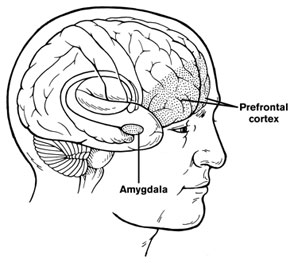
Social & Emotional Learning (SEL)
Mindfulness programs can be seen as a subset of social and emotional learning (SEL) programs, with which they share many goals.
SEL interventions have seen (Durlak et al,2011), an 11% improvement in achievement tests, a 25% improvement in social and emotional skills and a 10% decrease in classroom misbehaviour anxiety and depression, compared with pupils who received no programme.
Academic Learning
Semple (2010) assessed the impact of a 12-week group mindfulness program, with 9 to 13 year old children who were struggling academically. Significant improvements were found on measures of attention and reductions in anxiety and behaviour problems compared to those who had not yet had the program.
Mental Health & Emotional Well Being
A study into mental health and mindfulness (Zylowska, 2008), working with a mindfulness program with 8 adolescents with ADHD, showed improvements on tasks measuring attention and cognitive inhibition and reduced symptoms of anxiety.
References & Further Reading
Mindful Schools
More information on this training organisation.
mindfulschools.org
Black, D.S., Milam, J., and Sussman, S.
Sitting-Meditation Interventions Among Youth:
A Review of Treatment Efficacy.
Paediatrics 124, 532-541.
(2009)
Brown, K.W. & Ryan, R.M.
The Benefits of Being Present: Mindfulness and
Its Role in Psychological Well-Being.
Journal of Personality and Social Psychology, 84, 822-848.
(2003)
Burke, C.
Mindfulness-Based Approaches with Children and Adolescents: A Preliminary Review of Current Research
in an Emergent Field.
Journal of Child Family Studies, 19:2, 133-144.
(2010)
Flook, L. et al.
Effects of Mindful Awareness Practices on
Executive Functions in Elementary School Children.
Journal of Applied School Psychology, 26:1, 70-95.
(2010)
Greco, Laurie A.; Baer, Ruth A.; Smith, Gregory T.
Assessing mindfulness in children and adolescents: Development and validation of the Child and
Adolescent Mindfulness Measure (CAMM).
Psychological Assessment, 23:3, 606-614.
(2011)
Harnett, P.S. and Dawe, S.
Review: The contribution of mindfulness-based
therapies for children and families and proposed conceptual integration.
Child and Adolescent Mental Health.
(2012)
Jennings, P. A. et al.
Improving Classroom Learning Environments by Cultivating Awareness and Resilience in Education (CARE): Results of Two Pilot Studies.
Journal of Classroom Interaction, 46:1, 37-48.
(2011)
Jennings, P. A.
Building an Evidence Base for Mindfulness in
Educational Settings.
You can read it online here.
(2012)
Rueda, M.R., Fan, J., McCandliss, B.D., Halparin, J.D., Gruber, D.B., Lercari, L.P. & Posner, M.I.
Development of attention networks in childhood.
Neuropsychologia, 42, 1029-1040.
(2004)
Smith, A. Guzman-Alvarez, A., Westover, T., Keller, S., & Fuller, S.
Mindful Schools Program Evaluation.
University of California at Davis: Centre for Education
and Evaluation Services.
(2012)
Tschannen-Moran, M., & Woolfolk Hoy, A.
Teacher Efficacy: Capturing an Elusive Construct.
Teaching and Teacher Education, 17, 783-805.
(2001)
Daniel Sutton-Johanson
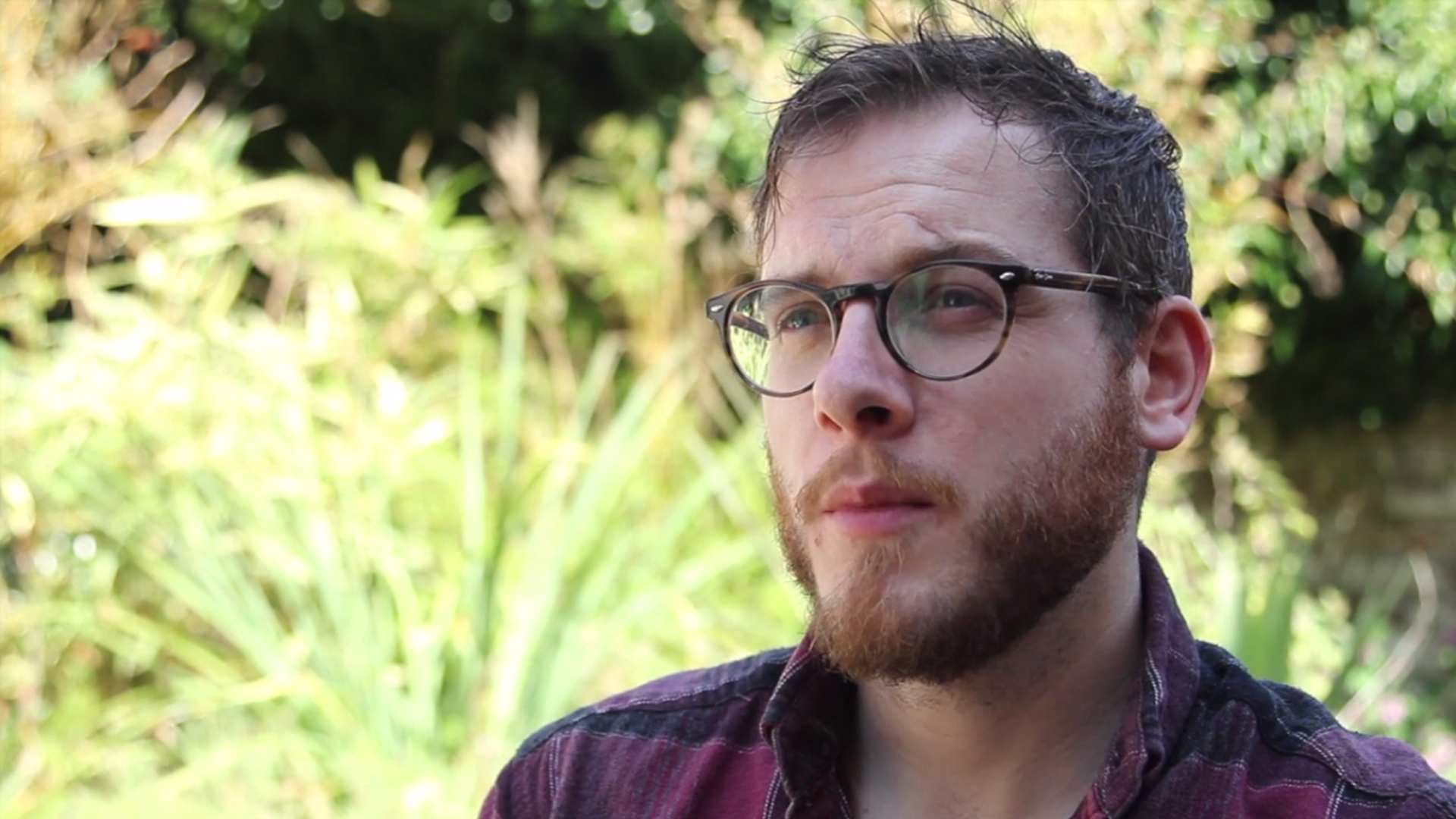
I first began my mindfulness practice in 2004, after beginning a local yoga class and being told about Gaia House, a Buddhist meditation retreat centre in the heart of Devon. I attended my first 3 day silent meditation retreat that summer and was hooked! This retreat offered me an incredibly rewarding and insightful opportunity to see more clearly and relate skilfully to myself and the experiences I was encountering in my life.
I began to practice daily and attended more silent meditation retreats across France, India and the UK, varying from 3 days to 3 weeks. This journey deepened my understanding and practice of mindfulness.
After a decade of mindfulness practice and, having worked with vulnerable children and young people since 2001, I decided I wanted to combine these two passions and offer the benefits of mindfulness to the broader spectrum of my local community.
In 2014 I founded Southsea Sangha, an open access meditation community, and began my mindfulness teacher training with Mindful Schools, who are directly supported by Jon Kabat Zinn and are international leaders in mindfulness curriculum training. In parallel to this training, I began studying an MSc in psychotherapy at The Metanoia Institute.
Currently I teach mindfulness through Insight Youth, specialising in delivering mindfulness, yoga and life skills to children and young people. I also work as a psychotherapist with adults and young people. Insight Youth, in partnership with Southsea Mindfulness, also offer Mindfulness Based Stress Reduction (MBSR) to teachers and support staff within both schools and colleges.
To date I have delivered my mindfulness curriculum to students in both primary, secondary and college settings in addition to working with adults and young people as a psychotherapist.
I am a member of the teaching staff for ibME (Inward Bound Mindfulness Education) who have a 30 year lineage of running residential mindfulness retreats for young people.
In 2015 I was invited to begin my CDL (Community Dharma Leader) training, the first of its kind in the UK, authorised and delivered by the Gaia House Teachers Council.
I adhere to the UK Network for Mindfulness-Based Teachers Good Practice Guidelines for Teaching Mindfulness-Based Courses and am registered with the DBS Update Service.

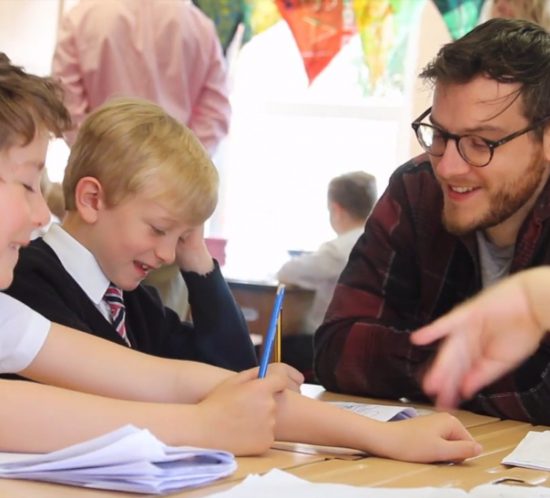
IY7
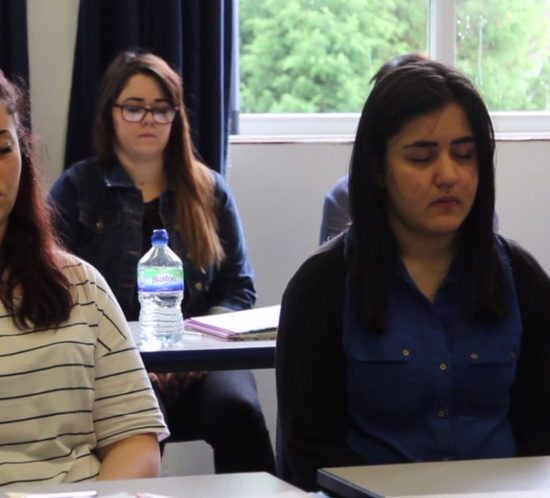
IY6
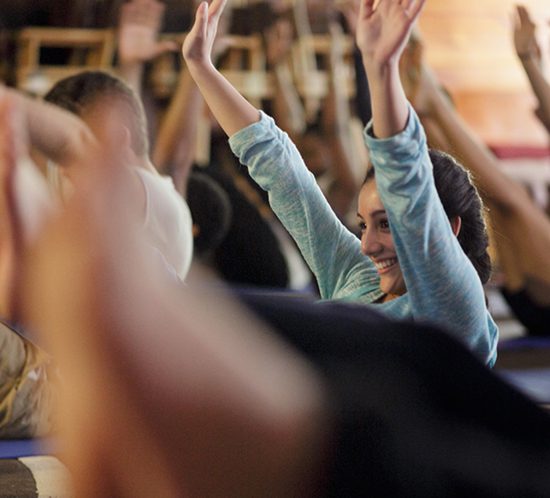
IY5
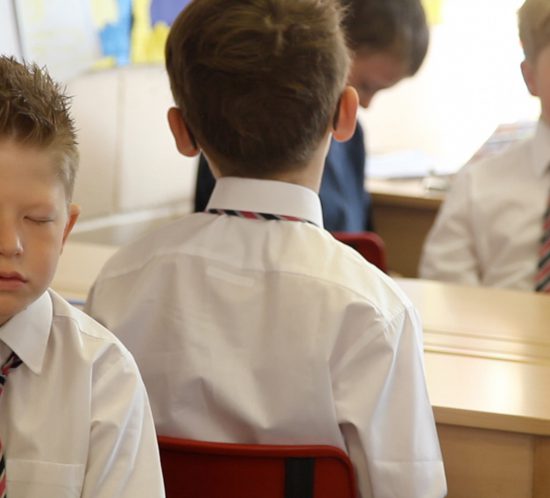
IY4
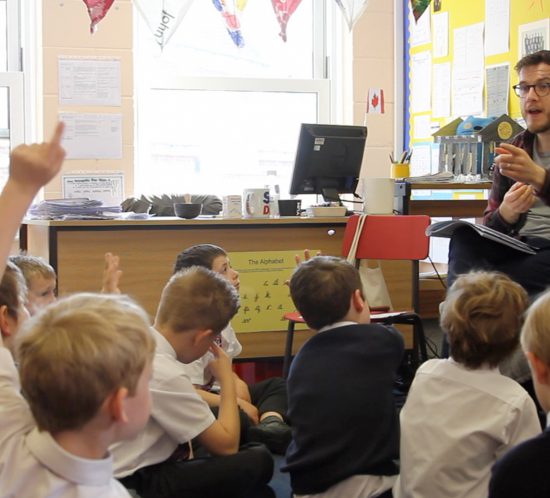
IY3
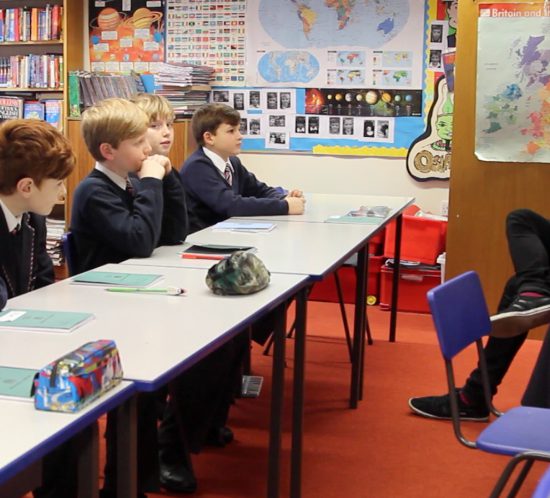
IY2

IY1
Contact Us
Feel free to drop us a line directly at



